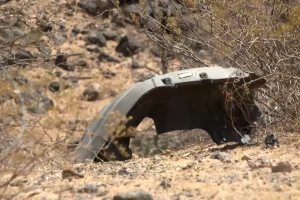Why is the Ice Bucket Challenge so hot?
Brett Smith and Tommy Bolton
August 21, 2014
For the past few weeks most people cannot open any form of social media without seeing the words “Ice Bucket Challenge”, whether it is a video of a friend doing it or opinions about the latest viral social media movement. Famous athletes, singers and actors, such as Oprah Winfrey, former President George W. Bush and Pittsburgh Penguins center forward Sidney Crosby have participated in the phenomenon.
Even Robert Morris’s own mascot RoMo and President Gregory Dell’Omo have doused themselves with ice and water.
What the challenge actually entails is one person, who was nominated by another, has 24 hours to dump ice and cold water on themselves. If the participant decides that he/she doesn’t want to get soaked with cold water, he/she can do the alternative of donating $100 to the cause which is amyotrophic lateral sclerosis (ALS).
ALS, also known as Lou Gehrig’s Disease, is a progressive neurodegenerative disease that affects nerve cells in the brain and the spinal cord, according to ALS Association’s website, www.alsa.org.
This challenge has stirred up a heated debate. Some individuals think that this whole challenge is pointless due to the fact that most people skip donating any money and just go straight to dumping water on themselves. A common argument that is made is to just donate the money spent on buying bags of ice straight to ALS.
The ALS Association’s website puts these comments to shame with some surprising facts. From July 29 to Aug. 16 of last year, the ALS association raised only $1.7 million. Since the Ice Bucket Challenge began, from the same time period of this year the association has received $11.4 million—a difference of $9.7 million all because of this challenge.
Tresa Rentler, a sophomore at Robert Morris University, has not yet been nominated for the challenge.
“From what I can tell, I know that any publicity is good publicity… But, I don’t think that this is helping the charity more than it is exploiting it,” said Rentler.
Instead of just doing the challenge or donating the $100, the better option may be to do the challenge as well as donate a smaller amount of money. This keeps the challenge and nominations going, but also gets donations increased and complaints decreased.
To donate or find out more information, visit the ALS Association website at www.alsa.org.












